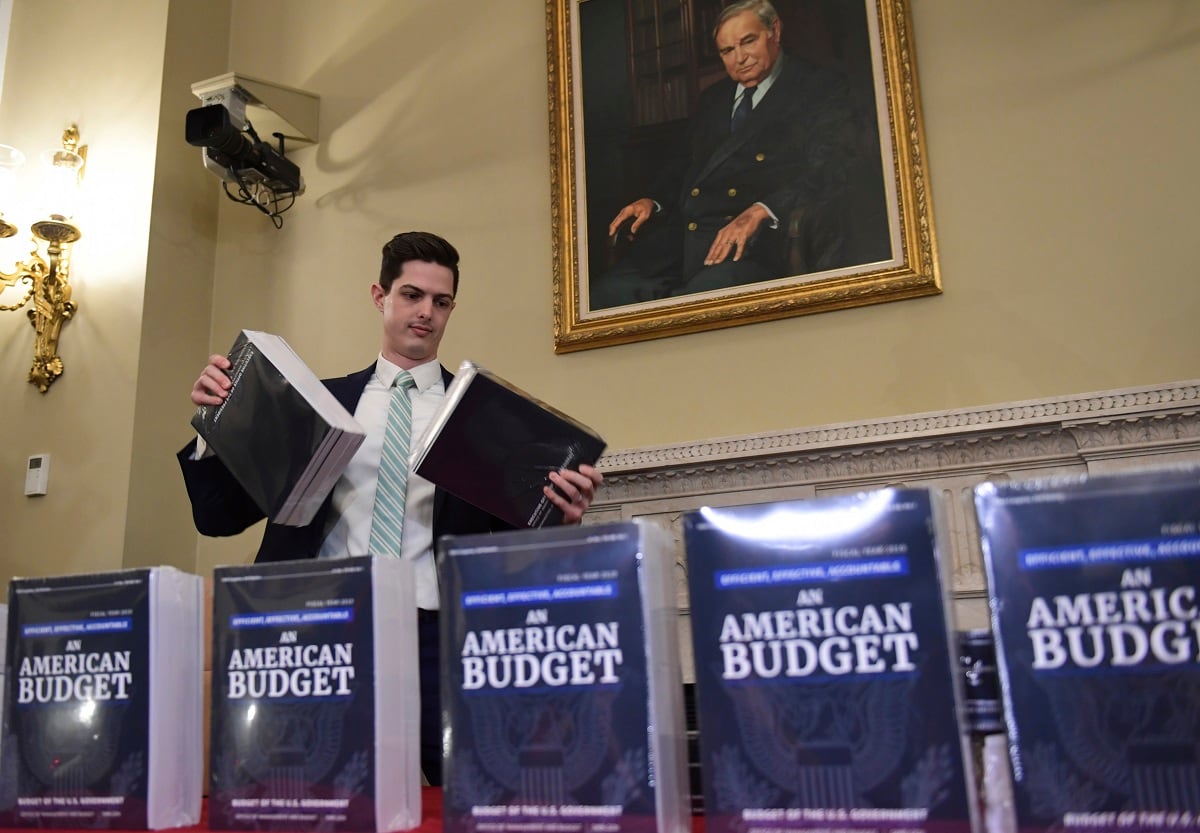Veterans Affairs programs will see only a small boost in funding under the fiscal 2024 budget plan unveiled by congressional negotiators Sunday night, but overall department spending would jump about 8% compared to last year.
The plan — which lawmakers aim to bring to the House and Senate floor later this week — would total more than $328 billion in appropriations for VA, another significant boost for a department which has seen steady growth for more than two decades.
In fiscal 2001, the entire VA budget amounted to $48 billion in spending. Ten years ago, that total was $153.9 billion, still less than half of the planned budget for this fiscal year.
In a statement, Sen. Patty Murray, D-Wash., said the funding plan “honors the sacred obligation we have to take care of our veterans when they come home by fully funding veterans’ medical care and benefits and delivering essential resources VA needs to operate.”
RELATED

The measure includes a provision that would prohibit VA officials from submitting veterans’ names to the FBI’s National Instant Criminal Background Check System without a judge’s consent, a move that could block them from owning firearms.
House Democratic lawmakers have long opposed the provision, saying it unnecessarily limits federal workers’ ability to report potential threats. But House Republicans have worried that without the language, veterans who need assistance managing finances but pose no threats can be reported anyway, depriving them of their Second Amendment rights.
“No veteran should lose their constitutional right to bear arms simply because they need help managing their finances,” House Veterans’ Affairs Committee Chairman Mike Bost, D-Ill., said in a statement. “And if they are a danger to themselves or others, a judge should make that decision, not a VA bureaucrat.”
Even with the controversial provision, the budget plan — part of a $467.5 billion spending package covering six separate federal departments — is expected to pass through both chambers of Congress.
Much of the money set aside for VA has already been given to the department, through advance appropriations and a series of short-term spending bills passed over the past five months. The total VA budget also includes $20.3 billion for VA’s Toxic Exposures Fund, used to help cover costs associated with benefits expansion under the 2022 PACT Act. That measure provided new disability compensation to troops exposed to burn pit smoke, chemical contamination and other toxic exposure events during their military service.
The total is mostly in line with adjusted White House budget requests made over the last year. However, discretionary spending — non-mandated programs and initiatives — is nearly equal to last year’s levels, limiting expansion of some administration goals.
Lawmakers included in the budget plan a 17% increase in VA mental health programs, to $16.2 billion; a 15% increase in department homelessness prevention programs, to $3.1 billion; and an 18% increase in women veterans’ health programs, to $990 million.
The budget calls for $1.3 billion less in spending on the department’s electronic health records overhaul, funds that are not needed because of the ongoing pause in the effort.
The fiscal 2024 budget plan also includes about $308 billion in advance appropriations for fiscal 2025, ensuring that VA operations will continue mostly uninterrupted if Congress cannot settle on a budget plan for next year by their mandated deadline.
White House officials are expected to unveil their budget proposal for next fiscal year on March 11.
Leo covers Congress, Veterans Affairs and the White House for Military Times. He has covered Washington, D.C. since 2004, focusing on military personnel and veterans policies. His work has earned numerous honors, including a 2009 Polk award, a 2010 National Headliner Award, the IAVA Leadership in Journalism award and the VFW News Media award.





